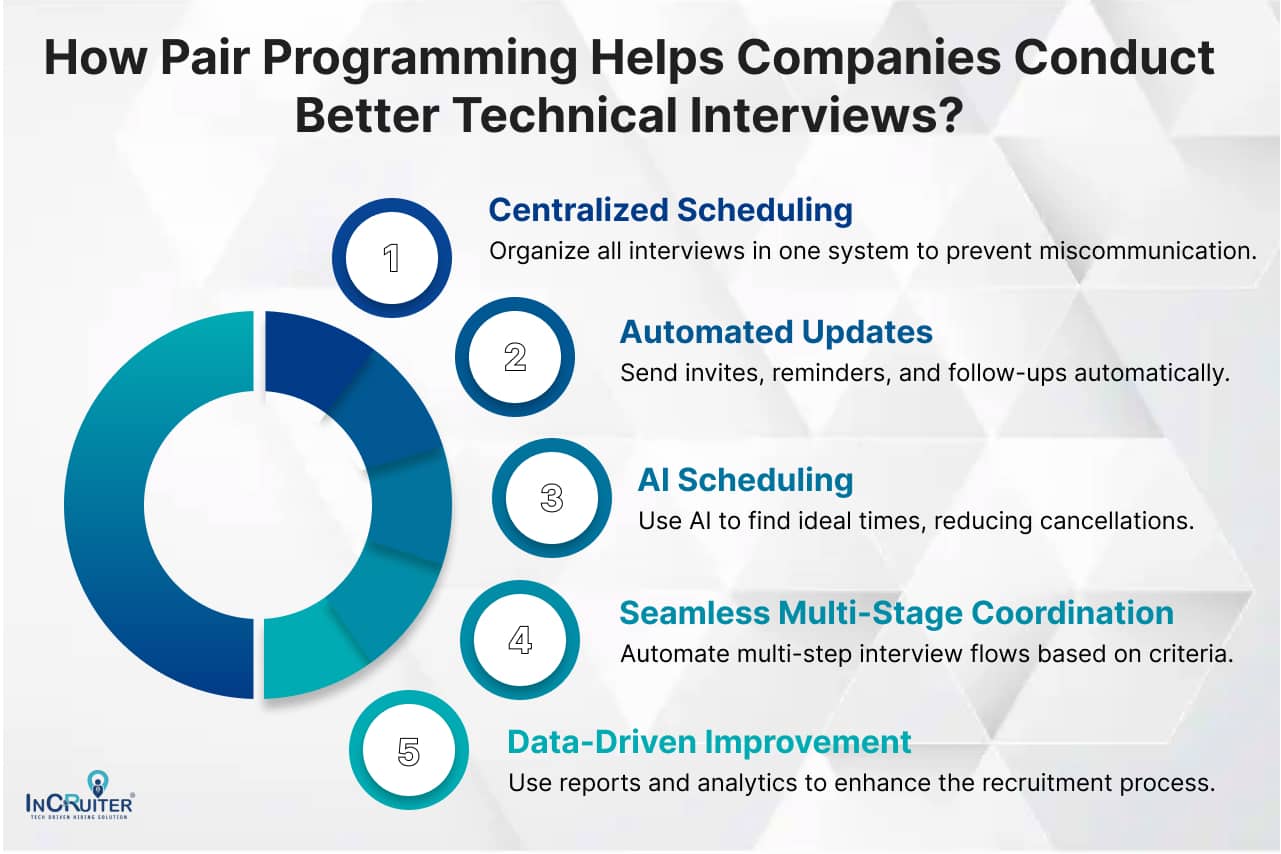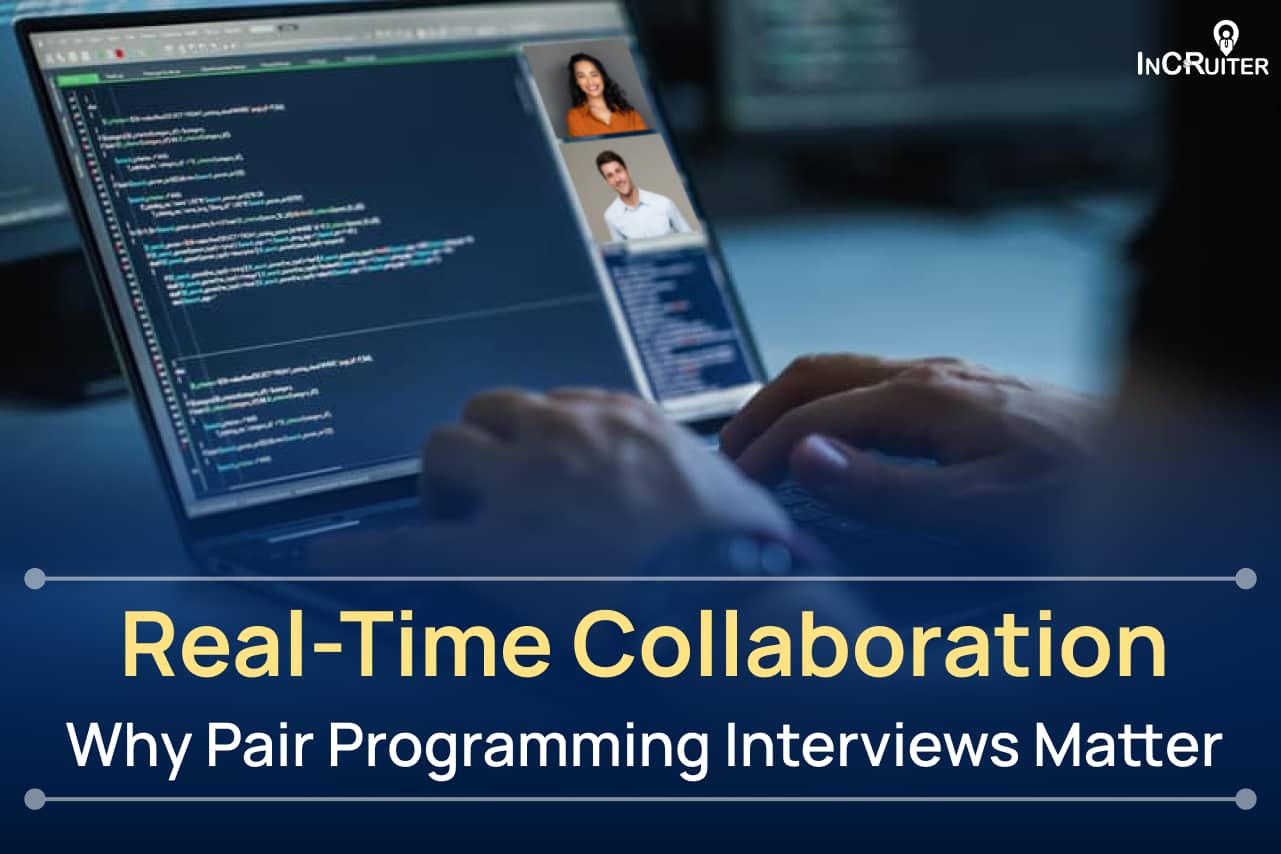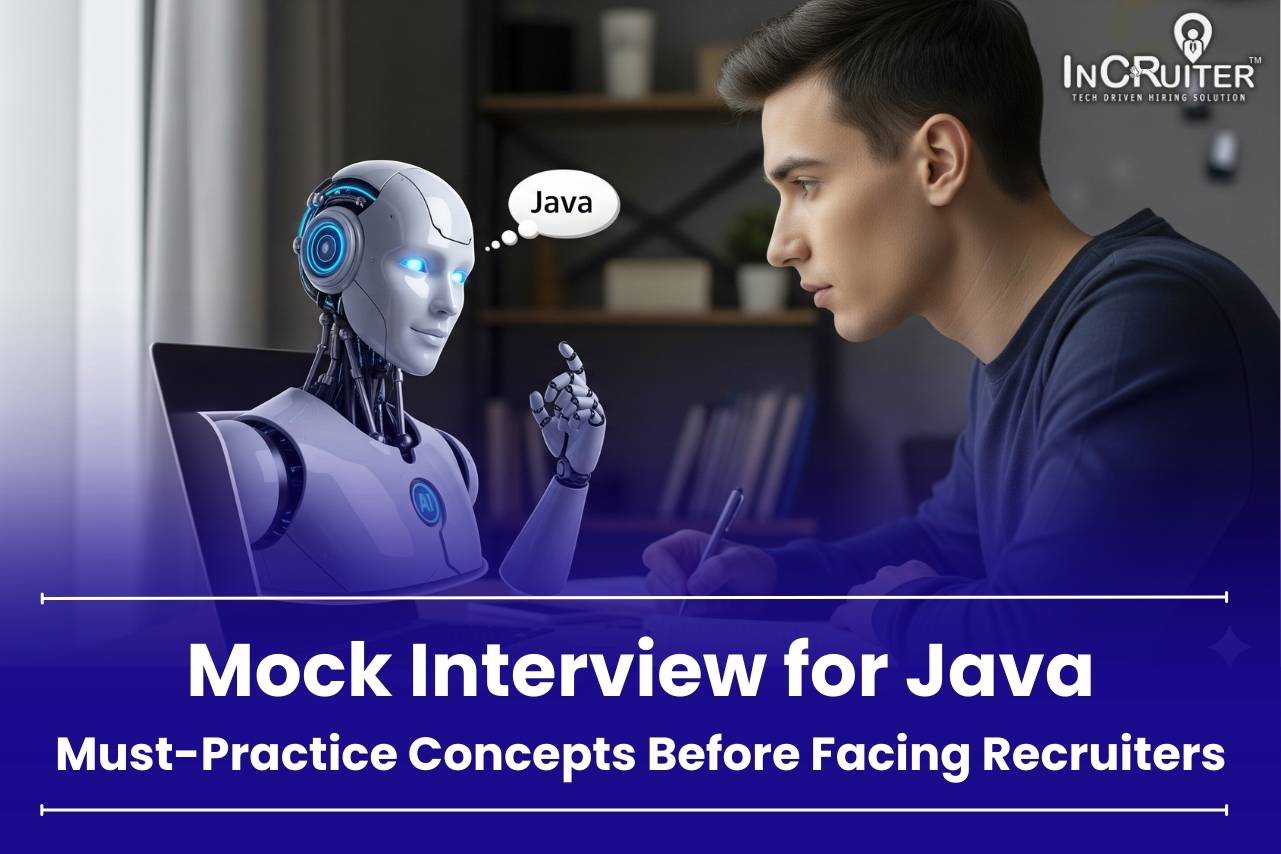Of course, we all know that tech projects are no longer one-person operations. Software development is strictly a team effort today. Whether you are a fresher or an expert, the collaboration kind of becomes the routine work you do every day. You work with your team members, your boss, and even other departments sometimes. It’s not just about how good one is at coding solo anymore. Companies want to know whether one can code alongside others.
Collaboration has become one of the most important skills a person needs in today’s tech world. It is something beyond pure clean code writing. How do you perform under pressure? Do you think on your feet? Well, the most important thing you need to do is work efficiently with others. That’s where pair programming interviews come in handy. In this article, you are going to learn about this feature in automation. The following sections cover the benefits of collaboration and pair-programming interviews. Let’s get started.
What Are Pair Programming Interviews?
Pair programming interviews bring a collaborative twist to coding assessments. It’s all about candidates and interviewers working together, solving challenges in real time. Usually, the candidate takes the “driver” seat, writing code, while the interviewer, as the “navigator,” offers tips and feedback along the way.
This setup mirrors real-world teamwork and gives hiring managers a clearer picture of how you handle tricky situations. In fact, Studies says companies using methods like pair programming are 24% more likely to hire standout performers—making it a game-changer in finding top talent!
Also read: How Pair Programming Interviews Improve Technical Hiring Efficiency
How Pair Programming Helps Companies Conduct Better Technical Interviews?

1. Seeing Problem-Solving Skills in Action
Traditional coding interviews often miss the mark. Sure, someone might nail algorithm questions, but can they really solve real-world issues when things get tricky? Pair programming interviews show you what’s really going on in a candidate’s head. You actually see how they approach a problem, troubleshoot bugs, and deal with unexpected bumps in the road.
When candidates team up with an interviewer, they can’t hide behind rehearsed answers. The interviewer is right there, watching how they handle uncharted territory. This gives companies a real-time look at how quick a candidate can think and pivot when things don’t go as planned. Whether it’s debugging code or changing tactics, companies get to see if they’ve got someone who’s not just book-smart, but ready to solve real problems on the spot.
Also Read: Live Coding Interviews: Revolutionizing Technical Assessments
2. Looking Beyond Coding Knowledge
Coding isn’t just about typing out lines of code. A huge part of the job is being able to explain your choices and walk others through your thought process. Pair programming interviews let companies see how well a person can communicate. Can they explain their approach in a way that makes sense? Do they ask for feedback or adjust based on suggestions?
It creates a live scenario where communication becomes unavoidable. The candidate and interviewer are forced to discuss approaches, suggest solutions, and talk through their work. This real-time dialogue exposes how well candidates explain their choices or respond to advice. Are they defensive, or do they take suggestions openly? In a typical interview, candidates might get away with just answering questions, but in pair programming, the communication has to be fluid and constant, mirroring a true work environment.
3. Checking Soft Skills
Coding isn’t just about sitting in front of a screen and typing away. A big part of it is being able to break down your ideas, defend your choices, and guide others through your thought process. Pair programming interviews let companies see this firsthand. Can the candidate explain their reasoning clearly? Do they take feedback and adjust on the go? That’s where things get interesting.
Pair programming flips the script—it’s a real conversation, unlike typical interviews where communication is mostly one-sided. Candidates have to talk through their approach as they work, making everything visible. This means explaining their steps, reacting to feedback in real-time, and adjusting when needed. If they hit a snag, they can’t just sit there quietly—they’ve got to communicate, ask for help, and tweak their approach. The interviewer gets to see how well they listen, adapt, and work as part of a team. It’s like watching them in action, showing exactly how they’ll operate in a real-world tech team.
4. Spotting Leadership Potential
Pair programming interviews aren’t just about coding skills – they’re about spotting future leaders. You can see it unfold right in front of you. Some candidates naturally take charge, guiding the conversation, coming up with clever ideas, and pushing the problem-solving forward.
In this kind of setup, candidates get a chance to shine. If they’ve got leadership potential, it’s obvious. Maybe they tackle the tricky part of the code and help explain the approach. Or they throw out new suggestions that no one else considered. Either way, pair programming lets them prove they’re more than just followers. They can lead, take initiative, and even mentor others, which is a big deal for higher-level roles.
5. Bridging the Gap Between Interviews and Real Work
One of the biggest gripes with traditional technical interviews? They don’t feel like the real thing. I mean, who actually codes on a whiteboard in real life? Exactly—nobody does. That’s why pair programming interviews are a total game-changer. They let candidates show off their skills in a setting that mirrors the actual job.
Pair programming mimics the way work happens in the real world. Instead of candidates being stuck in some isolated space, solving problems alone, they’re thrown into a realistic scenario. They’ve got to balance coding, communication, and teamwork—just like they would on a real project. It strips away that awkward, artificial vibe of regular interviews and lets companies see how candidates handle the pressure of real-time coding in a natural, work-like environment. It’s about as close as you can get to the actual job without being on the clock.
Also Read: How Coding Assessment Platforms transforming Technical Hiring?
Conclusion
Pair programming interviews are a game changer in IT recruitment. Fueled by IaaS and cutting-edge video interview software, coding assessments are here to stay! Businesses are now evaluating candidate qualities on a holistic level. Skills like the applicant’s communicative, technical, cooperative, and innovative coding skills are scalable.
InCruiter’s interview solutions provide a tried-and-tested method for businesses hiring top IT talent. Imagine getting everything personalized to have the best workforce–precisely what InCruiter aims for. So what are you waiting for?
Book a demo today and allow InCruiter to assist you in reaching the pinnacle of success.
Also Read: How Pair Programming Interviews Improve Technical Hiring Efficiency



















